First up, welcome to all the new friends here from SYSCA, your comments have been delightful. For everyone else, I expanded on my thinking about expertise bias: AI is soooo good at everything - except MY job, of course x
This week I’ve been thinking about the book as an object.
I’ve been travelling for the last six weeks, and it’s always a situation where I want “real” books (my kindle rules, but there’s no replacement for a pile of well-thumbed paperbacks on vacay).
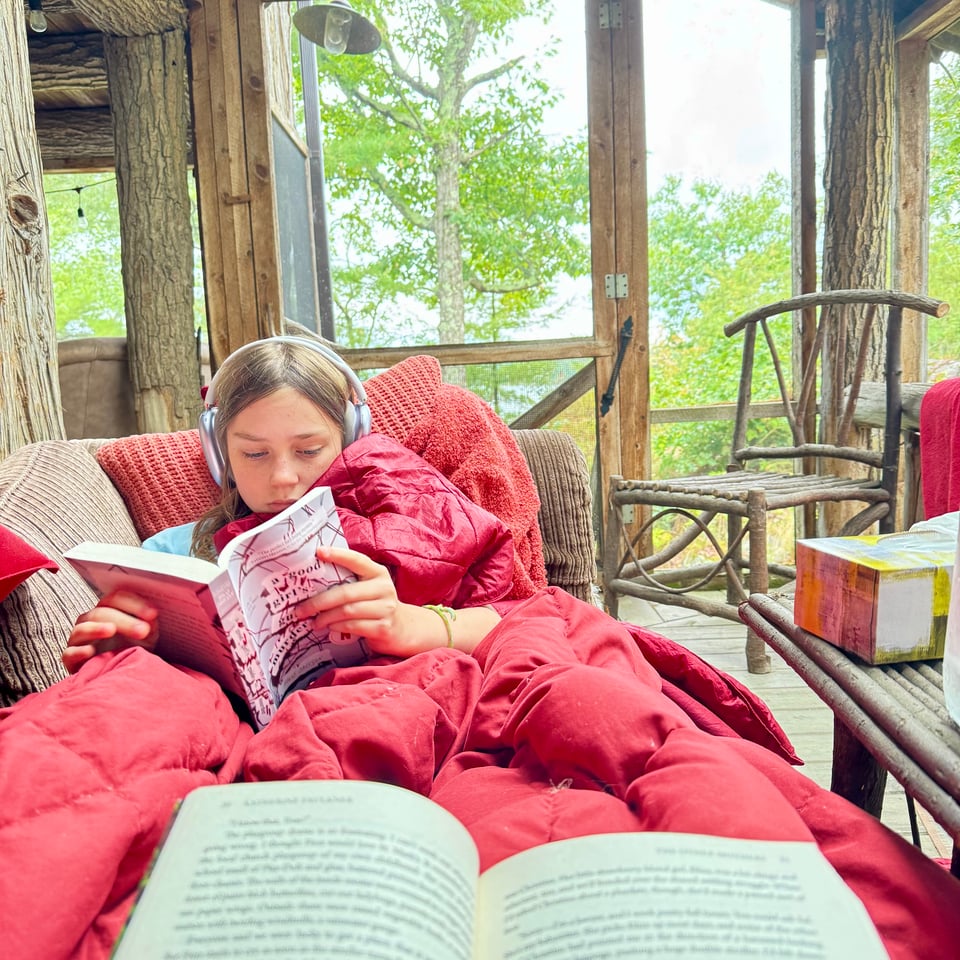
One of the (many) things I find fascinating about the rise of BookTok is the push we’re seeing back to physical books. BookTokkers celebrate or curse their TBR (to be read) piles and shelves. Authors tease cover reveals. Book hauls are as popular as clothing hauls, with creators holding fistfuls of paperbacks up to camera. In a digital age, when we all spend so much time immersed in our screens, the retro love for a physical book is really joyful.
This week in Cold Spring, NY (at a gorgeous independent bookstore that also sold Plan B at the counter — America) I bought RF Kuang’s new book Katabasis, almost solely because it had the most beautiful sprayed edges I’ve ever seen.
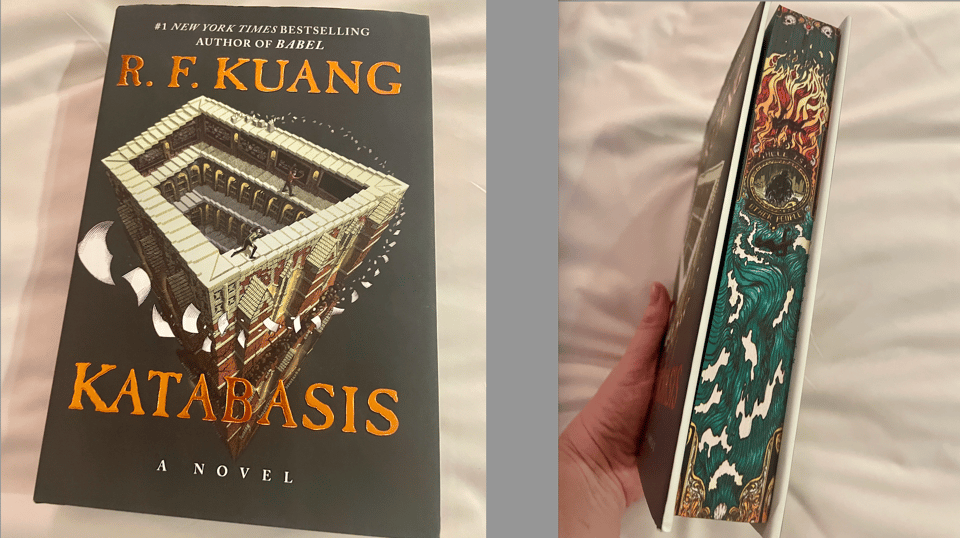
Long-time readers will remember back in March I shared this great thread from someone who was working on the edition of Wicked that brought sprayed edges back from the brink. Now, they’re regularly part of special editions and re-releases. I’m fascinated by this rise of aesthetic publishing: foil embossing, alternate covers, and special editions. Authors collaborate with book box subscription services, releasing niche print runs and gifts.
One of the things I noticed when I started watching fanbinding tutorials last summer (finally giving it a try myself) was that often what people were doing was learning the techniques not to bind fanfiction (where the practice started) but to rebind beloved original books they already owned. Most often this involved pulling off old or mismatched paperback covers and replacing them with hard covers that mimicked the Penguin Clothbound Classics series.
The Penguin Classics are rereleases of 108 classic books in a consistent style of beautiful contemporary hardcover bindings with foil stamping.
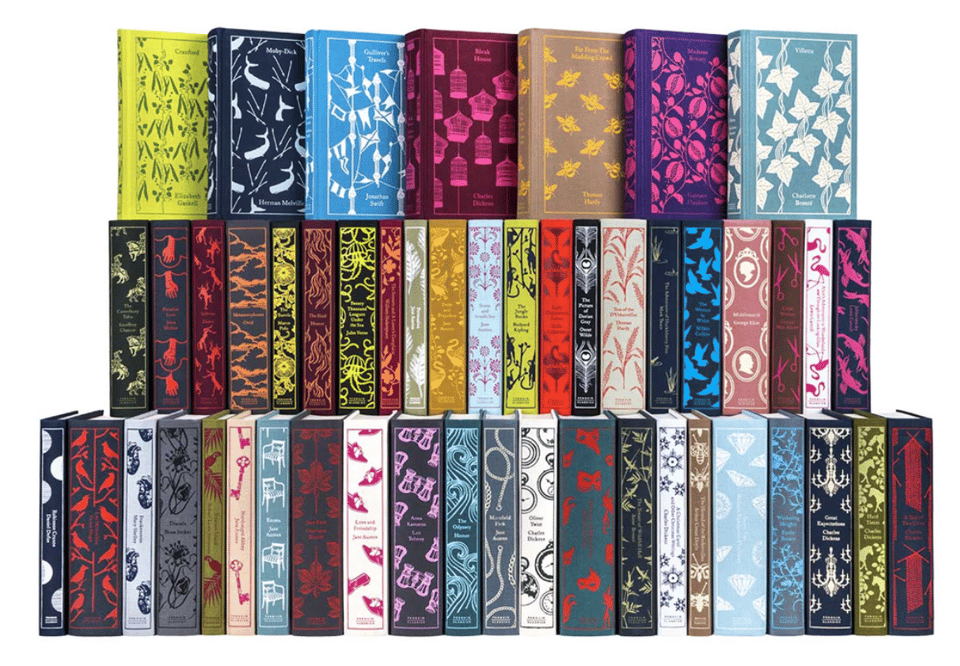
This has now become the predominant style for rebinding, whether it’s your Harry Potter, Bridgerton, or Acotar books.
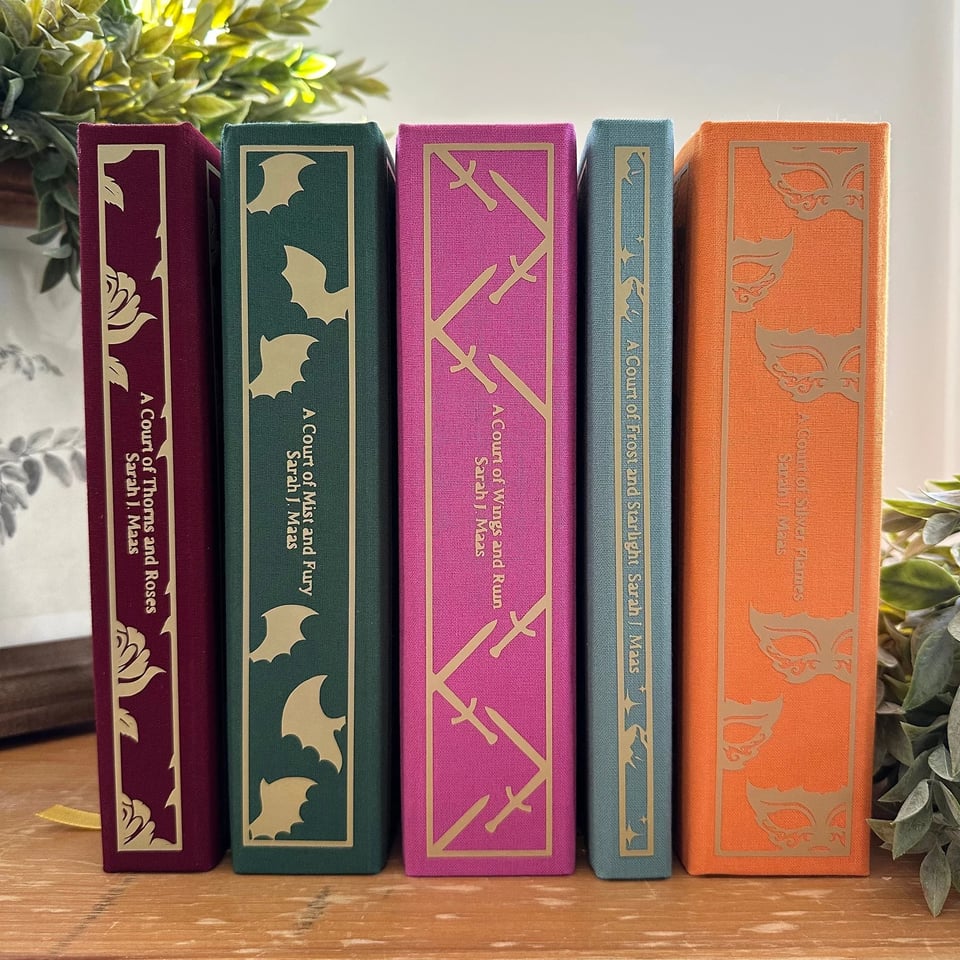
And if you can’t be bothered getting into binding, there are plenty of etsy stores which will sell you dustjackets in the same style.
It turns out that sometimes we don’t just want the words, we want the object. The heft of a hardcover and the design flourishes that make a particular edition feel like treasure.
This reminds me a lot of the recent re-rise in popularity of vinyl. In a streaming era, when we have every song we want (and many we don’t) at our fingertips, people paying astronomical prices for an outmoded format makes no sense. But what we lose in efficiency we gain in ritual. We get to own a tactile thing and display it. Our collection becomes a history. A way of showing off our taste and the things we love. Something that a kindle or a spotify subscription can’t ever do.
Similarly, as streaming kills off DVDs and other physical formats, I loved this story about people setting up the equivalent of Little Libraries to exchange books with Little Blockbusters to exchange movies.
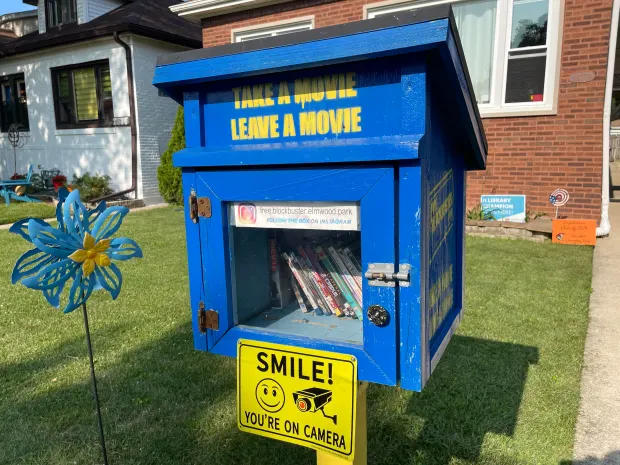
What this tells us, I think, is something important about the limits of technology. We tend to assume that progress means greater efficiency — smaller, faster, cheaper, more convenient. And obviously for some things, that’s true. But not everything we value can be reduced to convenience. The kindle can put a thousand titles in your hand, but it can’t reproduce the joy of holding a book that’s been designed with care.
Digital abundance hasn’t erased our love for the physical. A book with sprayed edges or a hand-sewn binding feels special because it resists being flattened into the same feed as everything else. (and yes, I see the irony when everyone is handbinding their books in the same style!)
Maybe that’s why we line our shelves with books even if we’ll never read them all, the same way we stack vinyl records we might only spin once in a while. They remind us that stories aren’t just data to be downloaded. They’re also part of our homes and our identities.
So this week dust off a book on your shelf and take pride in it! And take in the design choices and typeface and the smell and the weight of the paper and the way that particular edition feels in your hand. You can’t dog-ear a kindle.
(remind me of this when I’m trying to fit all the books I’ve bought in my suitcase this weekend! usual newsletter service resumes from AoNZ next week.)
more good stuff
This is an incredible story of the Austrian art collective Gelitin, who in 2000 embarked on a project called the B-Thing, which saw four men secretly construct a balcony inside the World Trade Center, remove a window, temporarily attach it, and briefly stand on top of it. The Artwork That Spawned 9/11 Conspiracy Theories and Mystery.
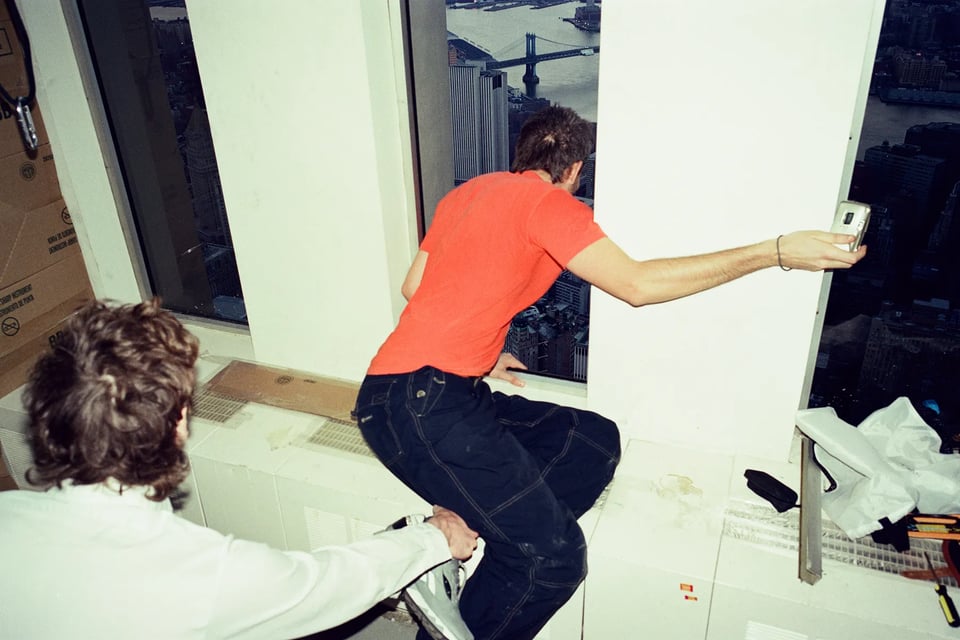
Like many people I work almost exclusively with Lofi on in the background, so this story about How Lofi Became a Chill Beats Empire was a great read, particularly the focus on real musicians in an era of AI slop beats.
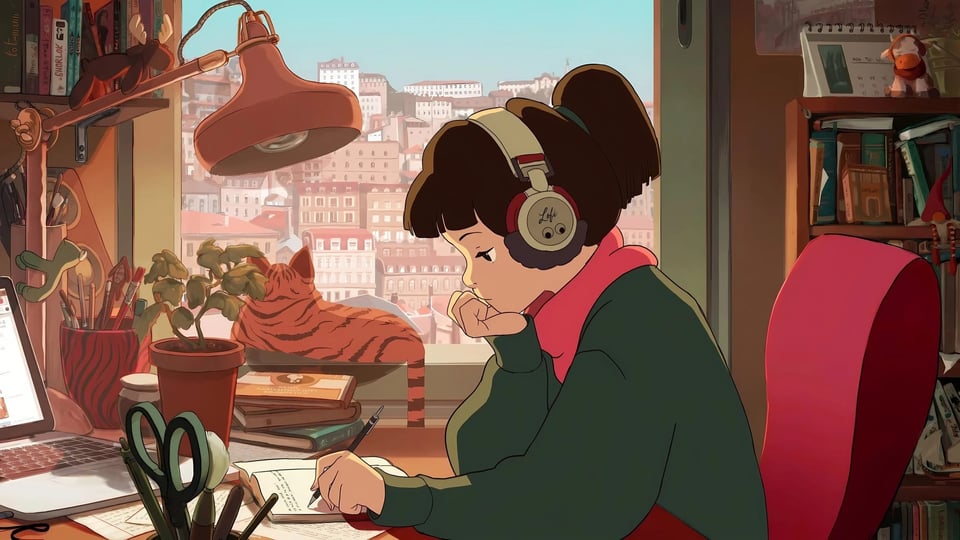
The winners of this years Tiny Awards have been announced. This is a great write up of the finalists — highlighting the joy of the good internet.
finally, in my lego city

Forward this email to someone who owns too many books. (ps there’s no such thing)
You just read issue #37 of what you love matters. You can also browse the full archives of this newsletter.

Add a comment: